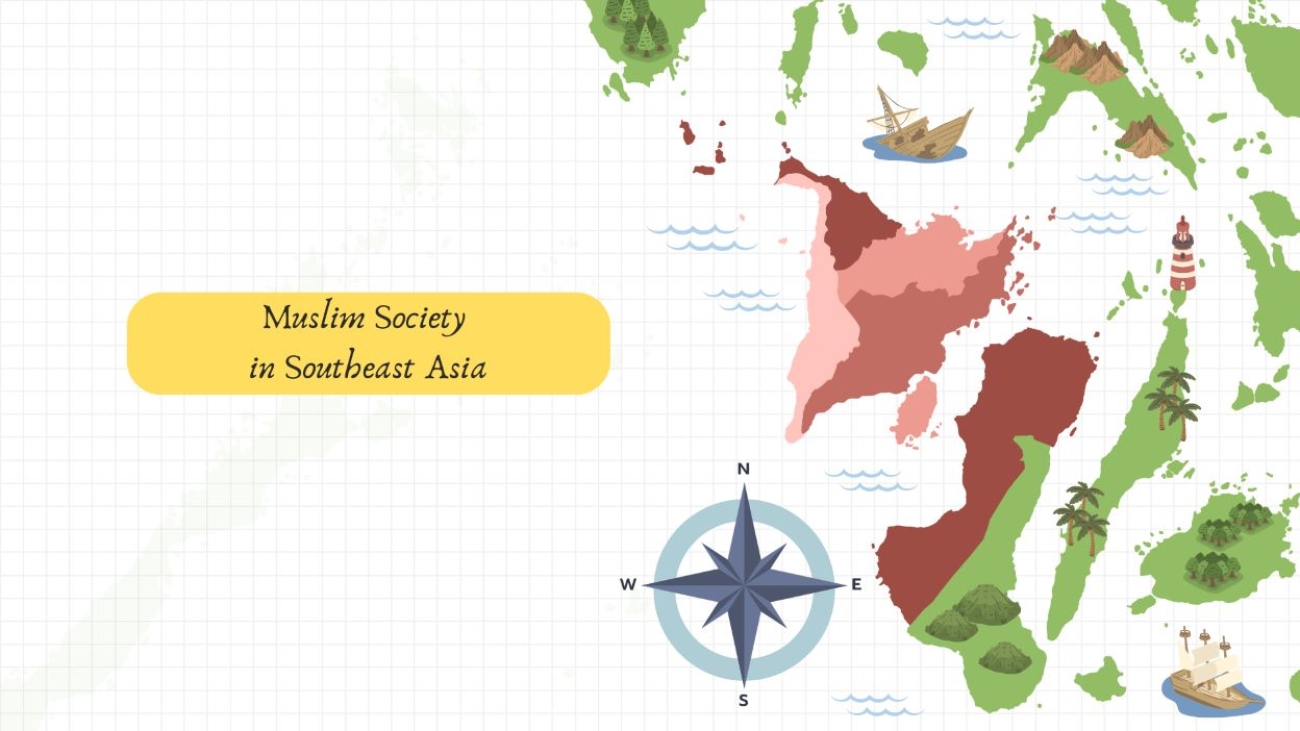Unmuhbarru.ac.id, Barru – Southeast Asia, a region characterized by its vibrant cultural tapestry, is home to a significant portion of the global Muslim population. Islam’s arrival and subsequent spread across the archipelagoes and mainland Southeast Asia has resulted in diverse expressions of faith, interwoven with local customs and traditions. This rich tapestry of Islamic practice reflects the region’s historical context, where trade, Sufi mysticism, and royal conversions played crucial roles in the faith’s dissemination. From the majestic mosques of Indonesia to the unique syncretic traditions of the Philippines, the Muslim communities of Southeast Asia demonstrate the dynamic interplay between global religious beliefs and local cultural norms.
The religious landscape of Southeast Asian Islam is far from monolithic. Different interpretations and practices coexist, ranging from deeply orthodox approaches to more syncretic forms that blend Islamic tenets with pre-existing indigenous beliefs. This diversity is evident in various aspects of religious life, including rituals, festivals, and social customs. For example, the celebration of Maulid, the Prophet Muhammad’s birthday, varies significantly across the region, incorporating local traditions and artistic expressions. Similarly, the influence of Sufism, a mystical branch of Islam, is prominent in many Southeast Asian Muslim communities, contributing to a rich tradition of spiritual practices and philosophical thought.
The development of Islamic institutions has played a vital role in shaping Muslim societies in Southeast Asia. Mosques, madrasas (religious schools), and various religious organizations serve as centers of learning, community gathering, and social welfare. These institutions have contributed to the preservation and transmission of Islamic knowledge, while also adapting to the changing social and political landscapes of the region. Furthermore, they have played a crucial role in fostering a sense of shared identity among diverse Muslim communities.
The role of Islamic scholarship and intellectual discourse has been central to the evolution of Muslim societies in Southeast Asia. Scholars and intellectuals have contributed significantly to the development of Islamic thought in the region, engaging with both classical Islamic texts and contemporary issues. Their works have addressed diverse topics, ranging from theology and jurisprudence to social ethics and contemporary challenges. This intellectual tradition continues to thrive, with contemporary scholars engaging in critical discussions about Islam’s role in modern Southeast Asian societies.
The interaction between Islam and local cultures has resulted in unique artistic and cultural expressions. From intricate architectural designs of mosques to traditional forms of music and dance, Islamic motifs and themes are interwoven with local artistic traditions. This fusion has created a distinctive cultural landscape that reflects the dynamic interplay between religious beliefs and local customs. The use of calligraphy, for example, is a prominent feature in Southeast Asian Islamic art, often incorporated into architecture, textiles, and other art forms.
The observance of religious rituals and festivals plays a significant role in the lives of Southeast Asian Muslims. Ramadan, the month of fasting, is a period of intense religious devotion and community bonding. Eid al-Fitr, marking the end of Ramadan, is celebrated with great enthusiasm and festive gatherings. Other important religious occasions, such as Eid al-Adha and Isra Mi’raj, are also observed with unique local customs and traditions.
The role of women in Southeast Asian Muslim societies is complex and multifaceted. Women have made significant contributions to various aspects of religious life, including education, scholarship, and community leadership. While traditional gender roles still exist in some communities, there is a growing movement towards greater gender equality and empowerment. Women are increasingly active in religious institutions, civil society organizations, and various professions.
The study of Muslim societies in Southeast Asia offers valuable insights into the dynamic relationship between religion, culture, and society. The region’s diverse Islamic traditions demonstrate the adaptability and resilience of Islam in different cultural contexts. Understanding the complexities of Southeast Asian Islam requires acknowledging the region’s rich history, its diverse interpretations of faith, and the ongoing interplay between local and global influences. This understanding is crucial for fostering interfaith dialogue, promoting cultural understanding, and appreciating the richness of human civilization.

